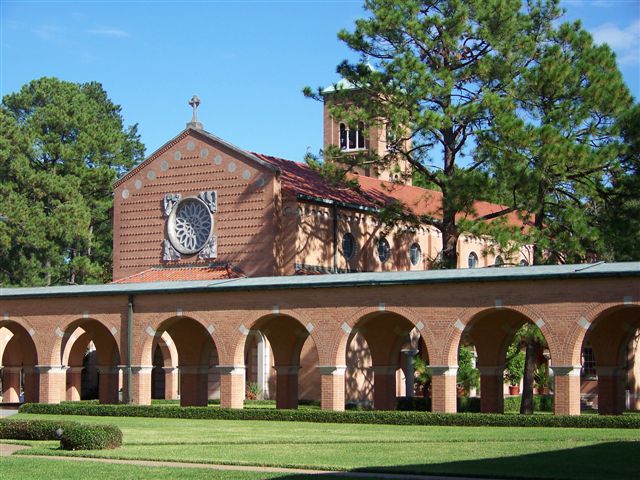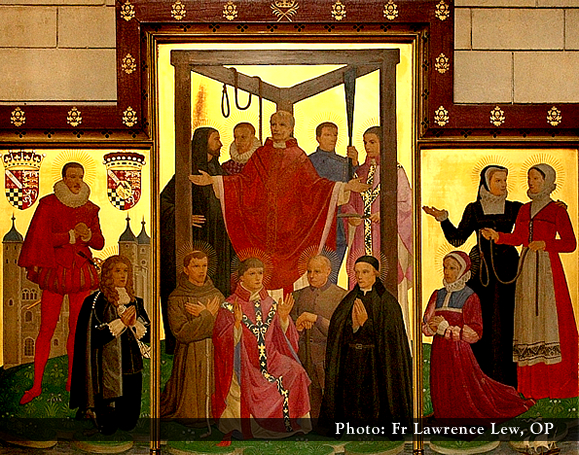We live in a culture of instant everything. We get a new cellphone and expect it to work for us immediately and without reading the instructions. We get travel the world instantly in a mall food court: choosing between Indian, Chinese, Tex-Mex, Italian, or anything else. We scroll through our MP3s and listen to any and every style: rap, rock, country, opera, or chant. All things must be plug-and-play or they are not worth having. If something is boring, we multi-task.
But real learning takes time, and it is getting harder and harder for us to mentally commit to giving that. What if you still feeling a burning passion to learn something new? You have to make the effort, give the time, pay the fee – but consider it an investment. Hardly anything is really worth having it is costs you no time, no money, no effort. Things that truly makes a difference in this world and in our lives require something of us first.
What about singing at liturgy? Many people suppose that if you have a pretty voice, there is nothing else to learn. You just need a mic and a tune. But this is far from the case. The job of providing music at Mass or any Catholic liturgy is a substantial undertaking. You need to understand the Roman Rite. You need to learn to sing without accompaniment. You need to be able to make your way around the Church’s own music, which is Gregorian Chant above all else.
To be a singer at liturgy requires these things. The benefit of gaining these skills is that you now have a gift that you can give to the thing you love: the beautiful expression of the faith through its liturgical art. And now is the time. The Church desperately needs singers as never before. The talent pool has shrunk over the years, but now there is a renewed push to make the music right again. The call is for all people who are able to begin the training, to approach and eventually master the material, and to become a valuable asset to the parish and to the faith. Then you also enter into a proud heritage that dates back to the earliest years of Christianity: you become a singer for the Christian liturgy.
Can you give three days? It will change your life and change your parish.
Presenting the 2012 Winter Chant Intensive at St. Mary’s Seminary in Houston, Texas. January 4-6, 2012. Sponsored by CMAA Houston.
The Winter Chant Intensive is intended for beginning and continuing students and all who love and appreciate the central role that chant plays as the prayerful song of the Roman Rite – not only at cathedrals and Basilicas but also in every parish. The conference will both train and inspire toward the goal of continuing the renaissance of sacred music in our time, both in the ordinary and extraordinary forms of the Mass.
The Chant Intensive lives up to its name: though no previous experience with chant is required, beginners and intermediate chanters should be prepared for full immersion from the get go. You will learn or review how to read and fully navigate all aspects of traditional Gregorian notation (square notes). The course will also address correct Latin pronunciation, the sound and mystery of the eight Church modes; Psalm tones and their application; questions concerning the rhythm of plainsong, and more.
The course will be offered in two sections, chant for men, taught by Jeffrey Ostrowski, and chant for women, with instructor Arlene Oost-Zinner. Classes will begin at 1:00pm on Wednesday, January 4, and conclude with a 4:00pm chanted Mass in the Ordinary Form on the Solemnity of the Epiphany, January 6th.
Jeffrey Mark Ostrowski holds his B.M. in Music Theory from the University of Kansas (2004), where he also did graduate work in Musicology. A pianist and composer, Mr. Ostrowski was elected President of Corpus Christi Watershed in February of 2011. His scholarship has focused on the historical performance of plainsong and polyphony of the High Renaissance, resulting in several early music CDs and an internationally broadcast television documentary.
Arlene Oost-Zinner is conductor of the chant schola at St. Michaels Catholic Church in Auburn, Alabama, composer of the popular English Responsorial Psalms, and director of programs for the Church Music Association of America. She has taught chant at all levels for the CMAA’s Sacred Music Colloquium and at workshops around the country, and has trained under several chant masters in a variety of traditions of thought and practice. She is also an accomplished pianist and translator, and has written for the Catholic Answer, Homiletic and Pastoral Review, Inside Catholic, among other places.
Tuition is $170 for all sessions and materials, including a copy of the Parish Book of Chant, compiled and edited by Richard Rice, as well as coffee breaks and lunch on Thursday and Friday. You will receive all course materials upon arrival. Class will be held in the seminary’s Bishop Nold Education Center. Mass on Friday will be in the chapel.
Now is the time!






